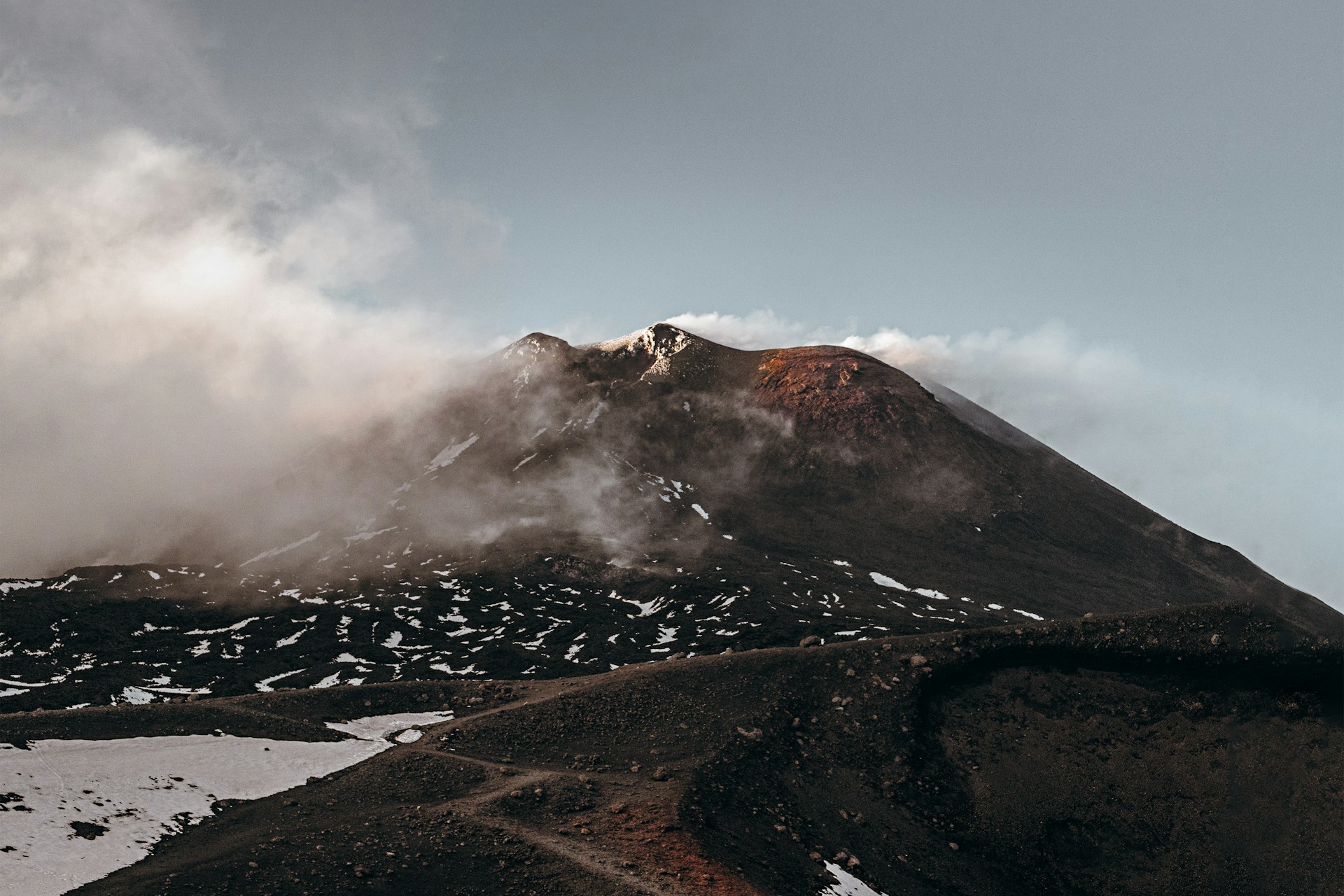Mount Etna, Sicily’s iconic stratovolcano, is a beacon for travellers with a penchant for nature’s most dramatic displays. As the tallest active volcano in Europe, and one of the most active in the world, Etna offers a unique blend of natural beauty, geological significance, and cultural richness, all with a heavy dose of Sicilian charm thrown in for good measure. If you’re planning to visit – or even scale – this majestic natural wonder, then here’s what you need to know.
Understanding Mount Etna
Before delving into the specifics of your visit, it’s important to appreciate the scale and activity of Mount Etna, or ‘A Muntagna’ as it is affectionately known by the locals.
Standing at an imposing 3,329 metres (though this can vary after each eruption), Etna’s upper zones are typically alpine in climate. The mountain is not a singular peak but a composite of cones and craters, with the Central Crater, the North-East Crater, the South-East Crater, and the New South-East Crater being the most prominent.
Etna is a stratovolcano. This means it’s built up over time through layers of lava flows, ash, and other volcanic materials. Its fertile volcanic soils support a rich tapestry of biodiversity, including orchards, vineyards, and a variety of flora and fauna unique to the region.
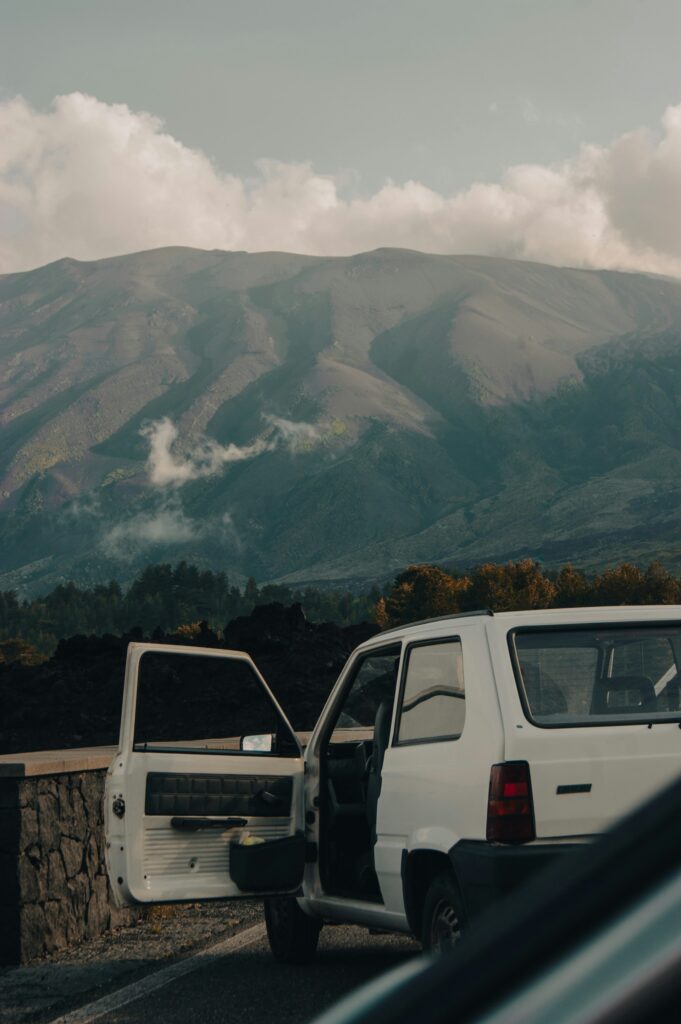
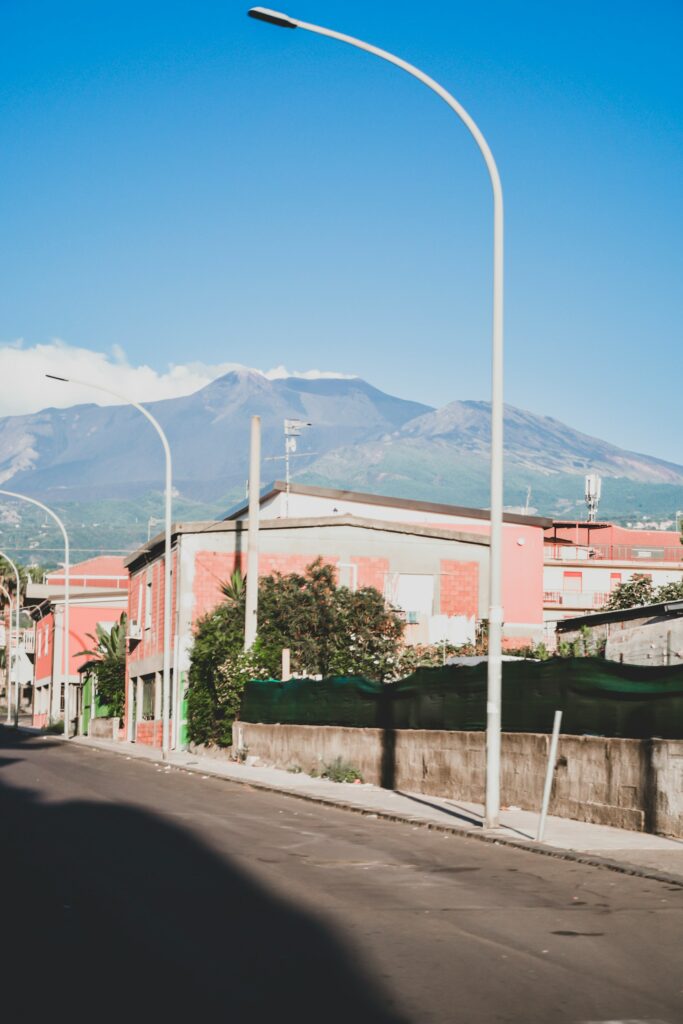
Climbing Mount Etna: Duration & Routes
Exploring Mount Etna is best done under the guidance of experienced local guides. Not only will they ensure your safety, but they’ll also enrich your visit with insights into the volcano’s geology, history, and the surrounding ecosystem. There are various tours available, ranging from gentle walks to more challenging hikes, and even 4×4 vehicle excursions.
Climbing Mount Etna is an exhilarating challenge that requires preparation and respect for the mountain’s volatile nature. The ascent can take anywhere from 3 to 5 hours, depending on the route and your fitness level. The most common starting point is the Rifugio Sapienza on the south side of the volcano, at an altitude of about 1,900 metres.
From Rifugio Sapienza, you can take the cable car (Funivia dell’Etna) up to 2,500 metres, which takes about 15 minutes. From there, you can either hike or take a 4×4 bus to the Torre del Filosofo, at approximately 2,900 metres. The final ascent to the summit craters will take about an hour from this point and must be done with an authorised guide.
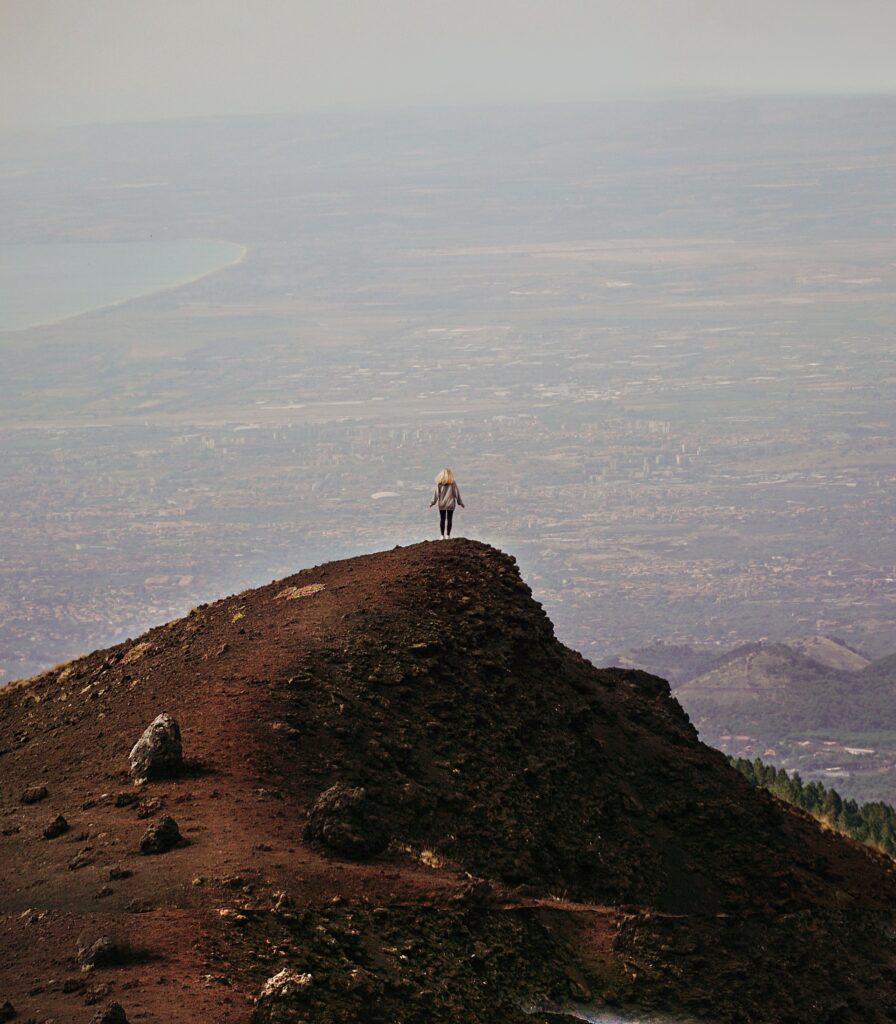

There are several others routes to explore the volcano, each offering a unique perspective and varying levels of difficulty. Here’s a closer look at some of them:
North Route: Piano Provenzana
The North Route begins at Piano Provenzana (1,810 metres), a less crowded starting point compared to the south. This route offers a more rugged and natural experience. You can take a 4×4 vehicle up to a certain point, after which you’ll continue on foot with a guide. The north side provides a different angle of the summit craters and a view of the historic 2002 eruption site.
West Route: Giarre
The West Route is less frequented and starts near the town of Giarre. It’s a more challenging hike, often requiring a full day to reach the summit area. This route takes you through ancient woods and over old lava flows, offering a more solitary experience with nature.
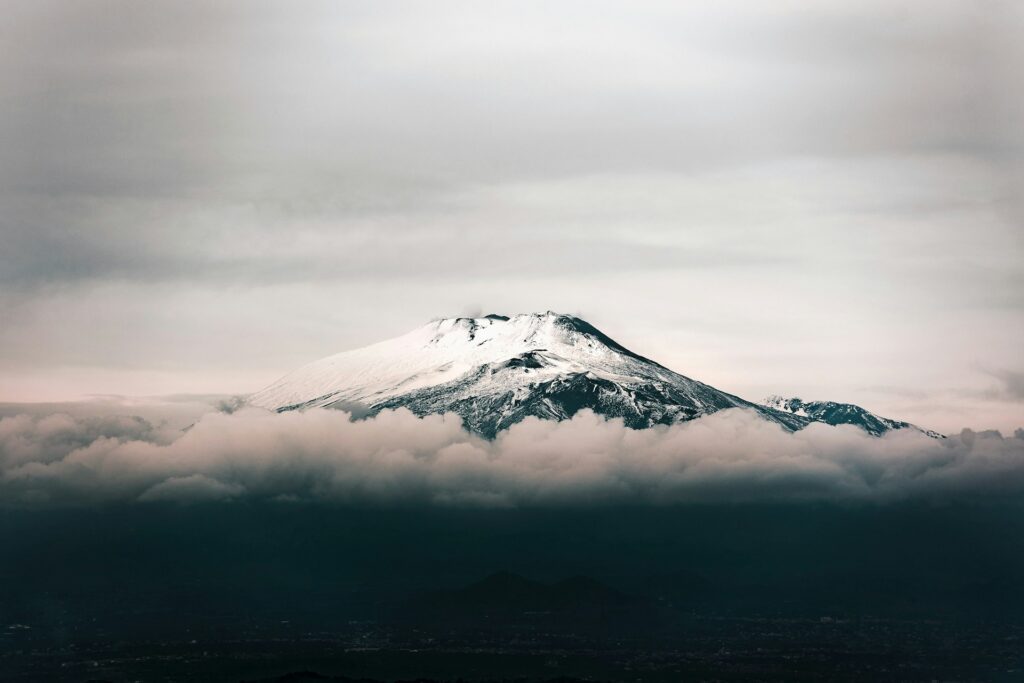
East Route: Valle del Bove
The East Route is a scenic path that takes you to the Valle del Bove, a vast depression on the eastern side of the volcano. This route is not for reaching the summit but for exploring the geological and scenic wonders of Etna. It’s a challenging hike that requires good physical condition and navigation skills.
Schiena dell’Asino Trail
The Schiena dell’Asino Trail is a less strenuous option that starts from the Sapienza Refuge and offers breathtaking views of the Valle del Bove. It’s a great choice for those who want a moderate hike that still showcases the dramatic landscapes of Etna.
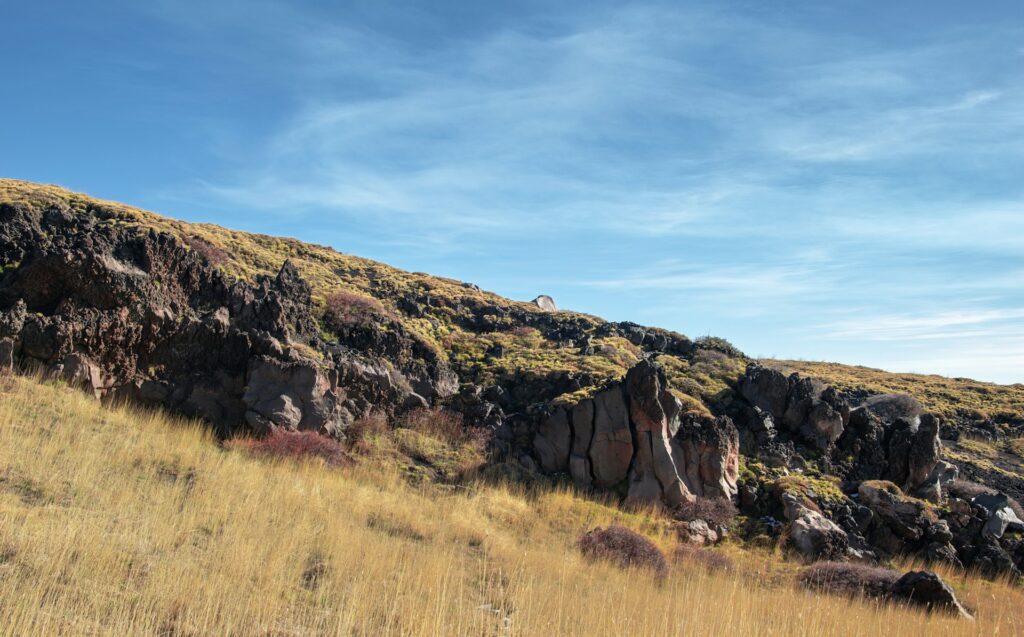
Montagnola Route
The Montagnola Route is an alternative to the cable car from Rifugio Sapienza. It’s a steep trek that takes you up to the Montagnola observation point at 2,600 metres. From there, you can continue towards the summit craters with a guide.
The “Philosopher’s Tower” (Torre del Filosofo)
For those who want to explore the area around the Torre del Filosofo without summiting, there are various trails that offer spectacular views of the surrounding craters and the Ionian Sea.
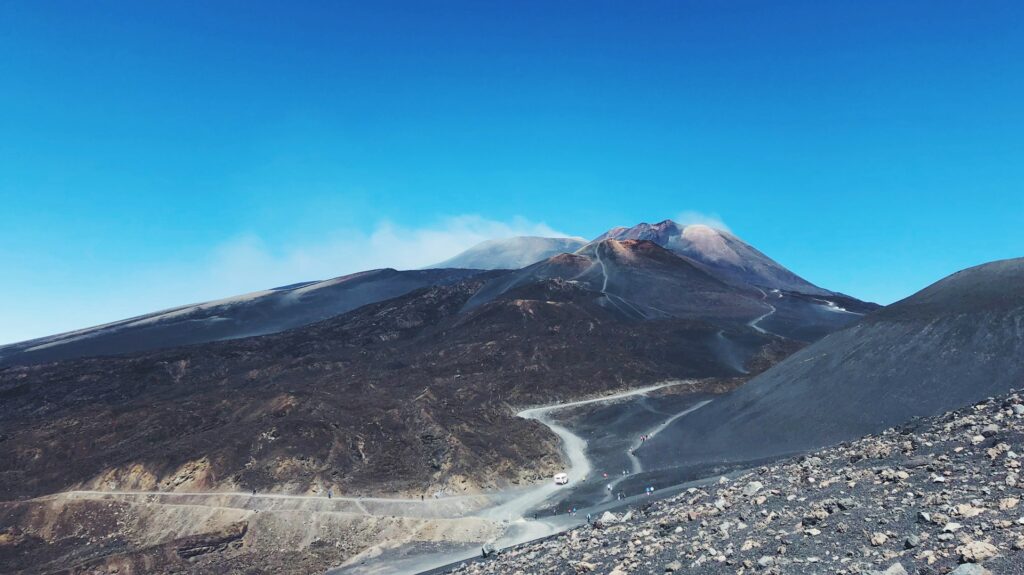
Temperatures At The Summit
The temperature at the summit of Mount Etna can be quite extreme, with summer temperatures hovering around 5-10°C (41-50°F) and winter temperatures often dropping below freezing, with strong winds and snowfall common. It’s essential to dress in layers, with a windproof jacket, thermal clothing, and gloves, especially outside of the summer months.
The Gateway Cities & Towns To Mount Etna
After a day spent exploring the rugged landscapes of Mount Etna, you’ll need a comfortable place to rest and rejuvenate. The cities and towns dotting the base of the volcano offer a range of accommodations, from luxury hotels to cosy B&Bs, as well as more luxurious Sicily villas for rent, each providing a unique perspective of the mountain.
Catania
As the second-largest city in Sicily, Catania lies to the southeast of Mount Etna and serves as a major hub for visitors. The city itself boasts a rich history, evident in its baroque architecture and bustling piazzas. Staying in Catania gives you the advantage of urban amenities, including some of Sicily’s very best restaurants, as well as easy access to the volcano via the SS121 and SP92 roads.
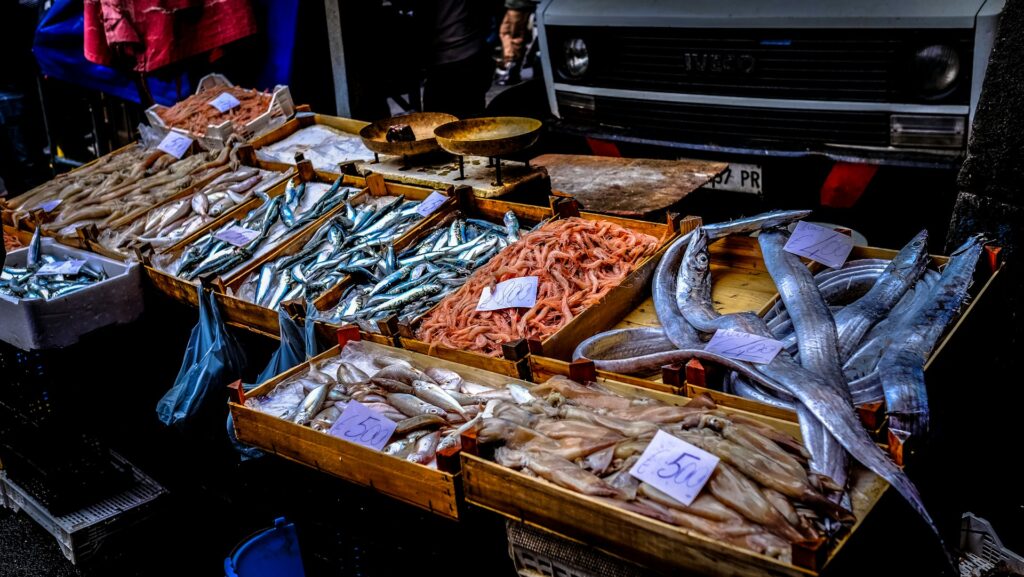


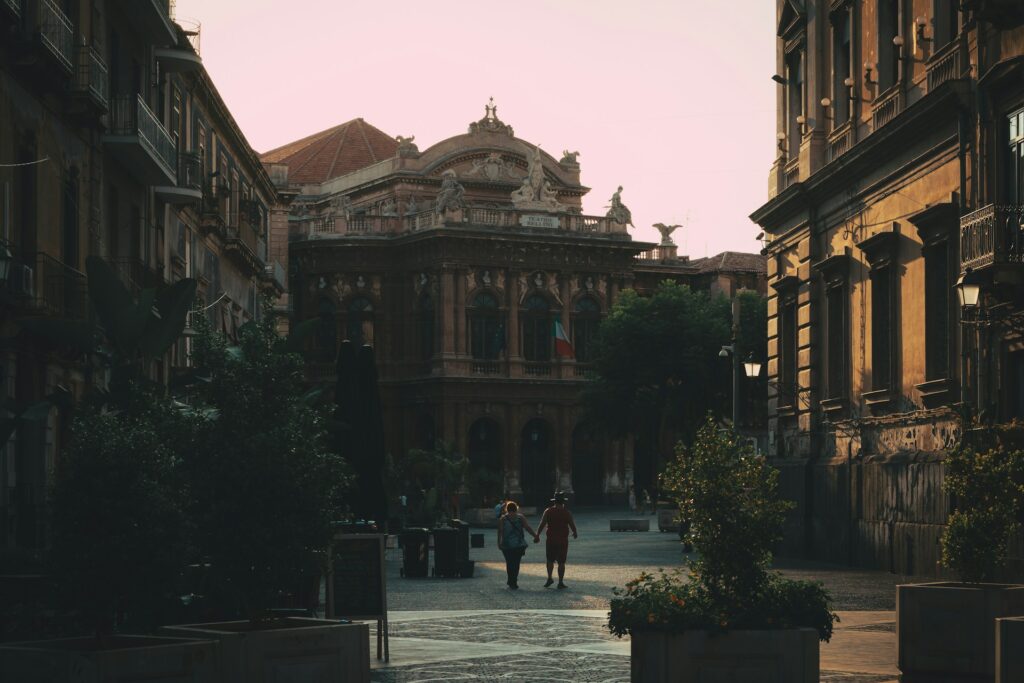
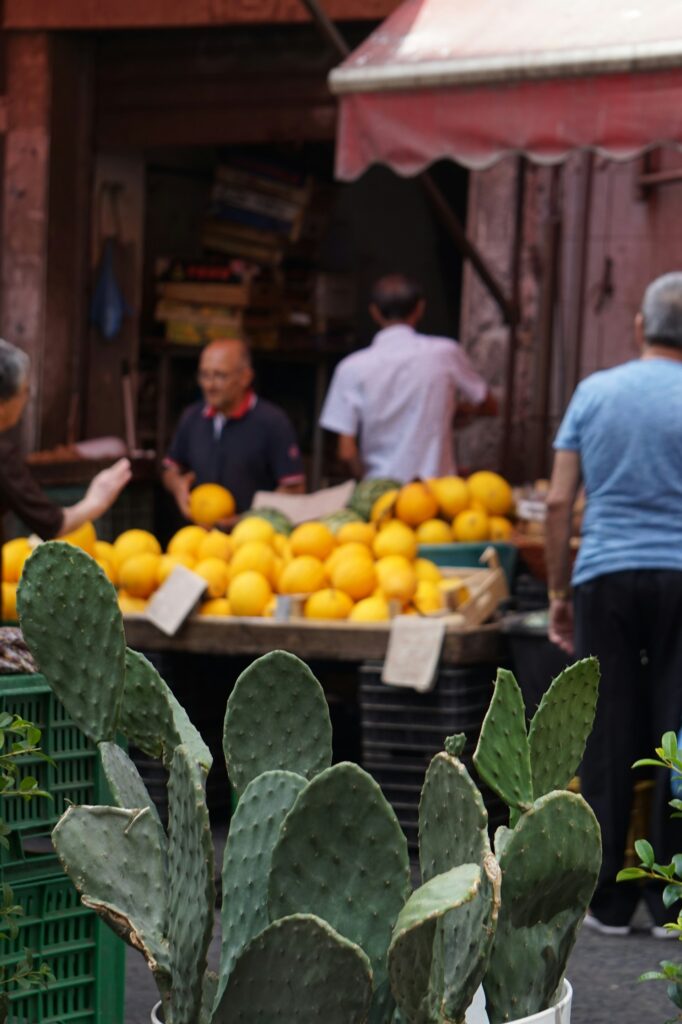
Taormina
Perched on a cliff overlooking the Ionian Sea, Taormina is a picturesque town that offers a blend of culture, history, and natural beauty. It’s a bit further from the volcano than Catania, but the stunning views and historical significance make it a popular choice.
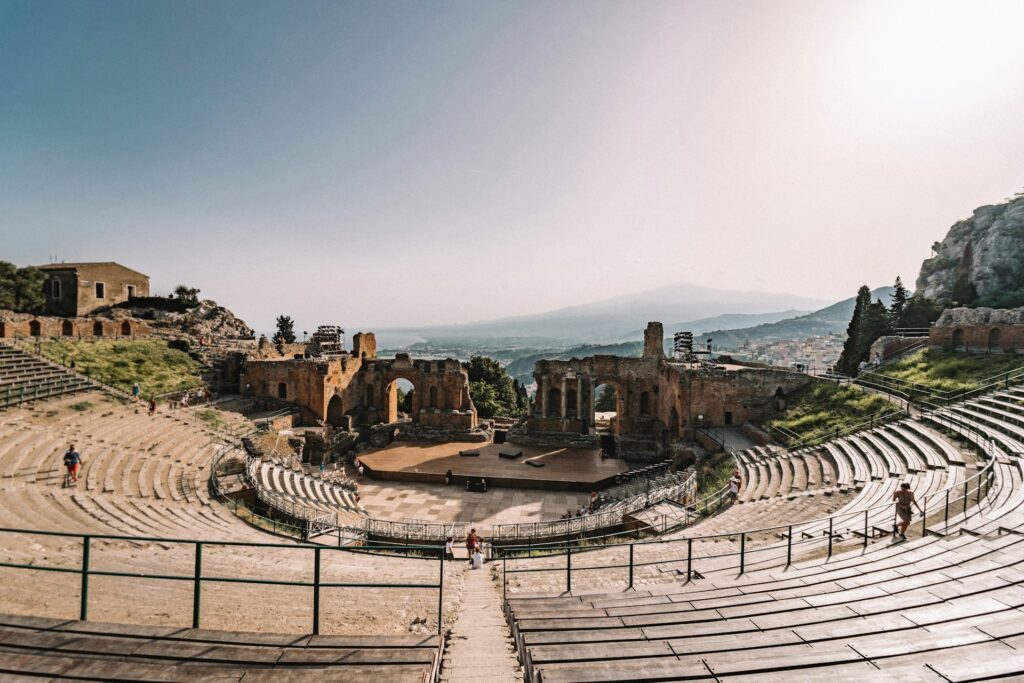

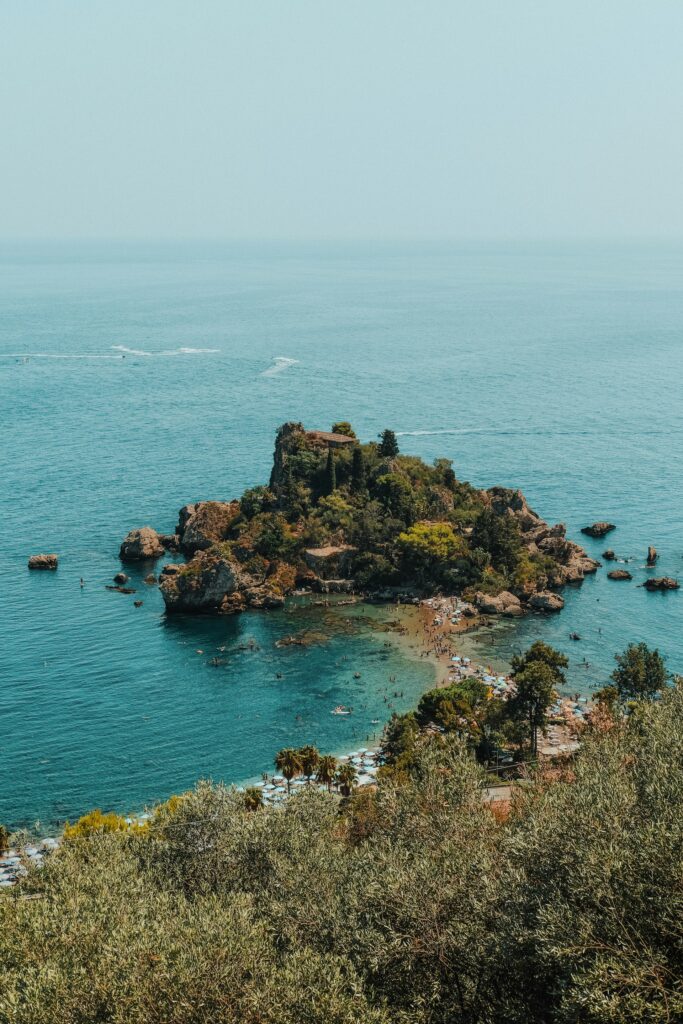
Nicolosi
Nicolosi is known as the ‘Gateway to Etna’ due to its proximity to the southern slopes and the Rifugio Sapienza. It’s an ideal base for those who want to spend multiple days exploring the volcano.
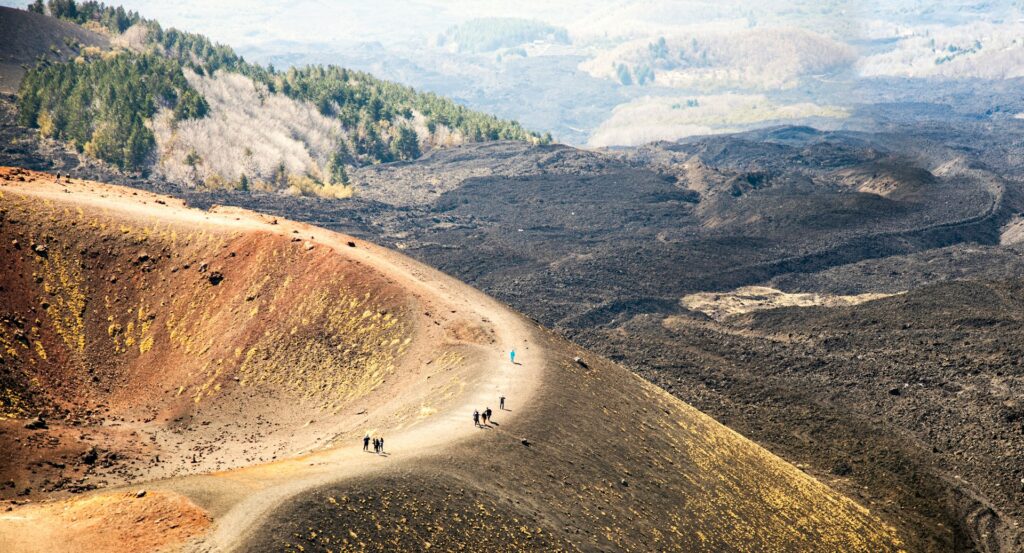
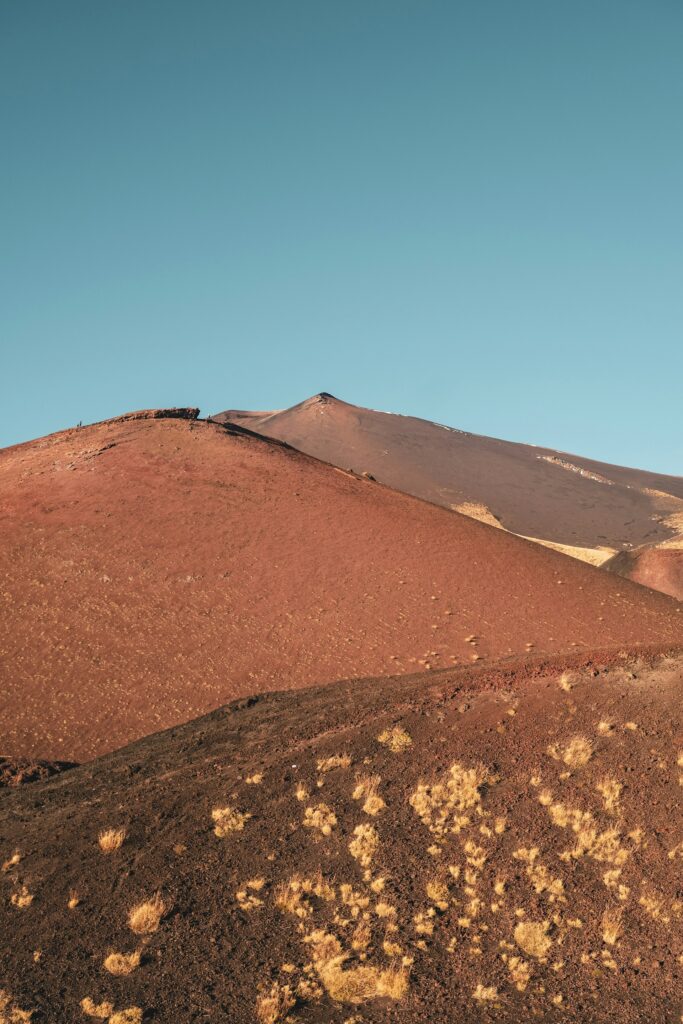
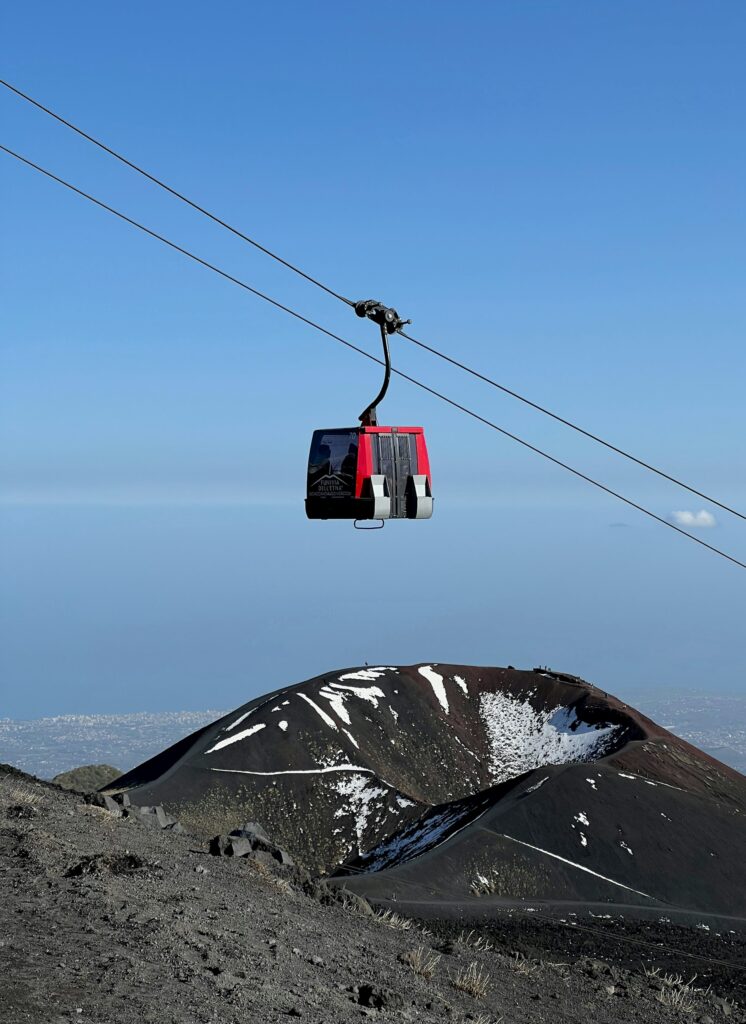
Zafferana Etnea
On the eastern slopes of Mount Etna, Zafferana Etnea is another popular base for visitors. It’s known for its honey production and the annual Ottobrata festival, celebrating local produce and crafts.
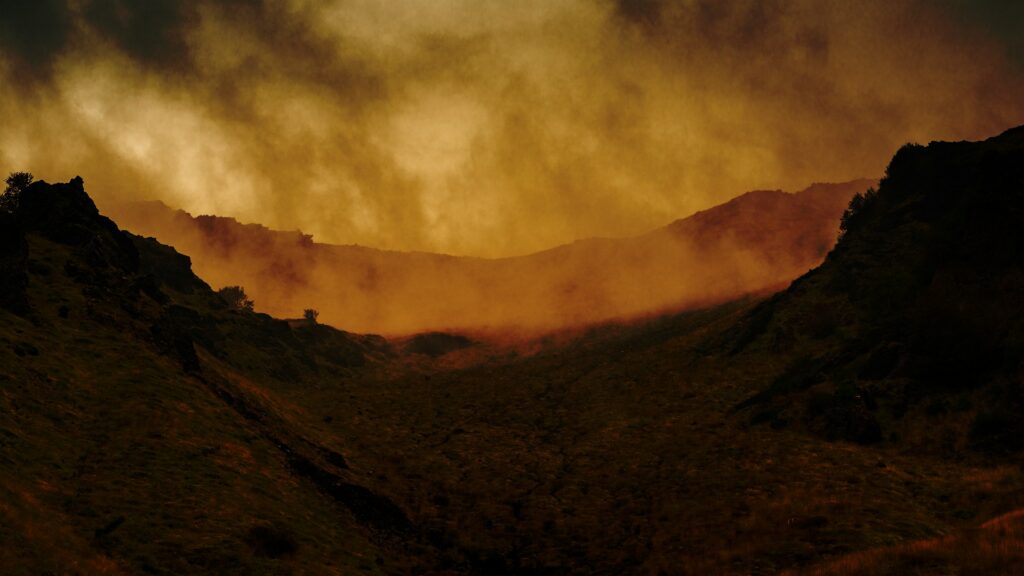
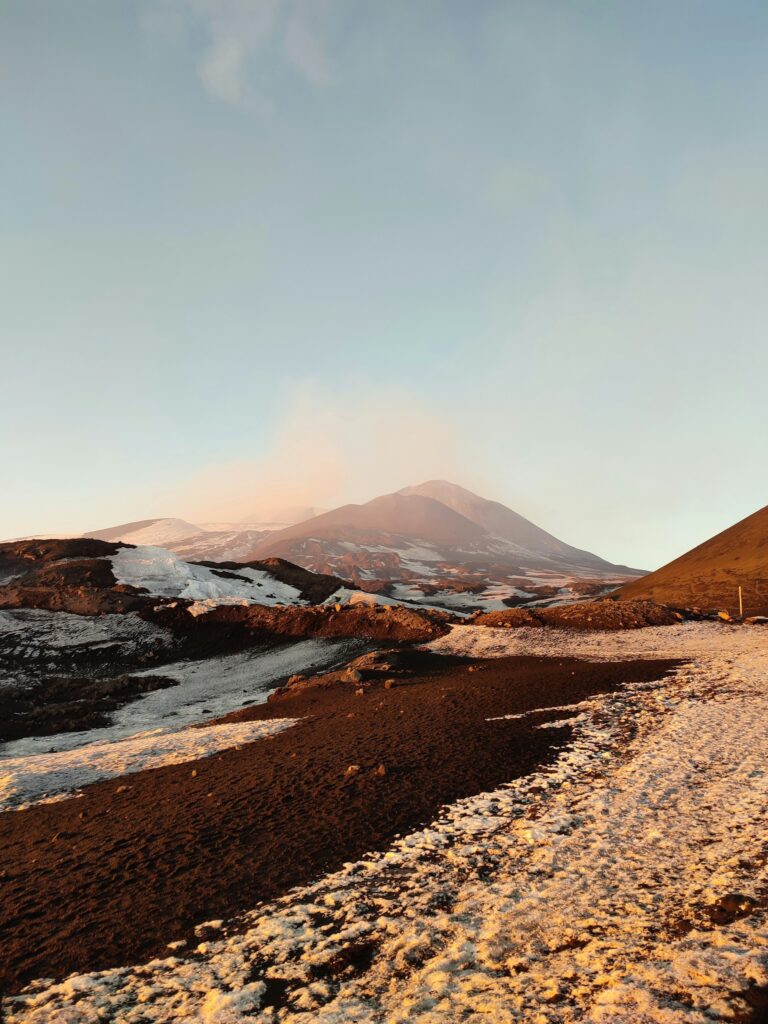
Linguaglossa
Situated on the northern side of Mount Etna, Linguaglossa provides a quieter alternative to the more tourist-heavy towns and is close to the northern Etna cable car station.
Dining On The Volcano: Where To Eat
A visit to Mount Etna isn’t complete without sampling the local cuisine and wine. The volcanic soil gives a distinctive character to the produce grown here, including the renowned Etna DOC wines. Local restaurants and agriturismos offer traditional Sicilian dishes, often made with ingredients sourced directly from the mountain’s fertile slopes. After a day of exploring, you’ll want to refuel with some of Sicily’s finest cuisine.
Safety & Conservation
Safety is paramount when visiting Mount Etna. The volcano is closely monitored by the Istituto Nazionale di Geofisica e Vulcanologia (INGV), and access to the summit craters may be restricted based on volcanic activity. Always check for updates – you can do so here – and heed the advice of local authorities and guides.
As a UNESCO World Heritage Site, conservation efforts are crucial. Stick to marked paths, take all rubbish with you, and avoid removing any natural materials from the site.
The Bottom Line
Mount Etna is not just a volcano; it’s a living, breathing geological entity that offers a window into the Earth’s fiery heart. Whether you’re trekking to its summit, sampling the fruits of its fertile soils, or exploring its cultural surroundings, Etna promises an experience that’s as educational as it is exhilarating. With careful planning and a spirit of adventure, your visit to this Sicilian giant will be nothing short of epic.
And once it’s all done, it’s back to Sicily’s incredible beaches you can head.

